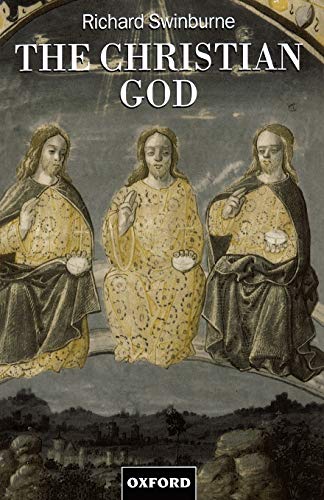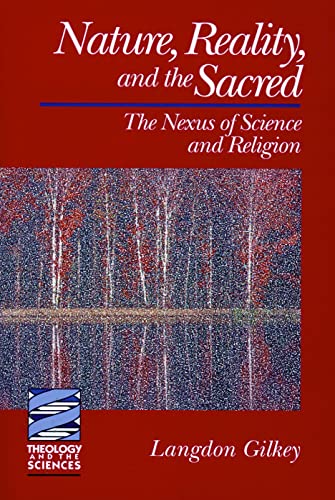Other Followers of Jesus: Minor Characters as Major Figures in Mark’s Gospel (JSNTSS)
Written by Joel F. Williams Reviewed By R.A. ReeseWhat do all those characters do who are not Jesus’ disciples and not Jesus’ opponents? What is their significance, what effect do they have on the reader, and are they more important than once might have been thought? Joel F. Williams tries to answer these questions in this monograph.
Williams begins by giving a brief review of recent research on the minor characters in Mark. This includes an examination of redaction-critical approaches to characters and characterization with a few comments on the weakness that arises in this approach because the text is considered for its theological significance and relationship to early tradition rather than as a literary whole. This is followed by a discussion of literary approaches. The second chapter summarizes the methods of literary criticism which will be used in the remainder of the book. Three separate concerns are addressed by Williams’s method: 1. narrative analogy: this is the process of comparing one narrative to another; 2. characters and characterization: this examines the kind of existence a character has in a story and how the text and the narrator tell the reader about the character who is there; 3. readers and their responses: this summarizes some of the recent work on readers, especially implied readers, and begins to consider the relationship of the implied reader to Mark. The last three chapters use the methods in chapter 2 to create and compare detailed analyses of the minor characters in Mark and of the effect that their presentation has upon the reader.
The first two goals of the method chapter are carried out well. The comparisons between narratives within the Gospel of Mark are interesting, convincing and textually based. The use of similar Greek phrases to introduce stories and tire use of frame material to connect stories shows connections between stories that have previously been thought unrelated. The way in which different characters in the Gospel are talked about and portrayed is effectively drawn out so that similarities and dissimilarities between the characters are readily seen. Williams carefully outlines the changes which minor characters undergo as the Gospel of Mark progresses. At the beginning, they are suppliants, at the end they are exemplars, while the healing of blind Bartimaeus is a transition narrative between the two. However, the achievement of the third goal is disappointing. Williams’s terminology is unclear. Who or what creates the implied reader? At first, it seems the implied reader is implied by the text, but then it seems the implied reader is constructed by the author (p. 71). These two options are quite different from each other. The first construct should be supported by textual evidence, but Williams does not do this. The second construct assumes that the addressee of the implied author is clear. Williams thinks this is the case and agrees with Tannehill that the first implied readers were Christians (p. 85). But he gives no textual evidence for this historical assumption. This is a disappointment in a work which is otherwise thoroughly based on the literary nature of the text. Although the work on readers is disappointing, the discussion of characters and narrative is insightful and helpful.
R.A. Reese
University of Sheffield







